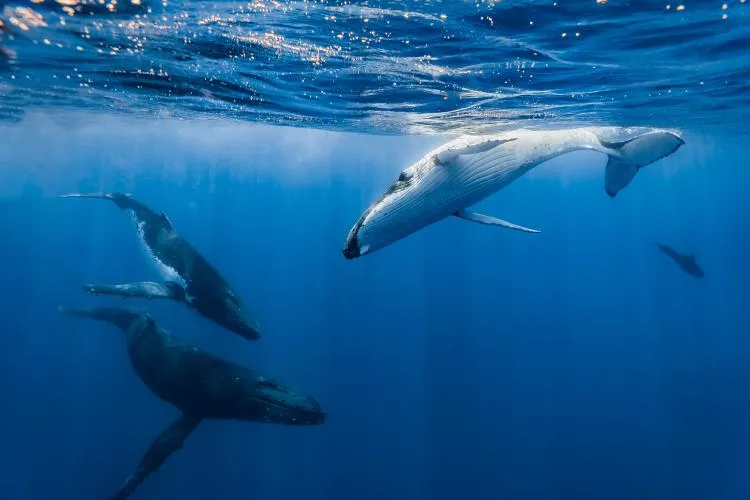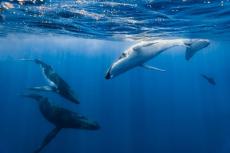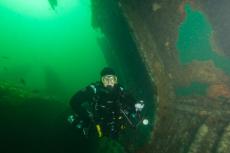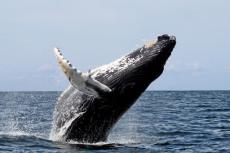High Seas Treaty: Historic agreement to protect international waters reached at UN after 20 years of negotiations
After nearly two decades of talks, UN member states finally agreed in March 2023 on a legal framework to protect the high seas beyond national boundaries.
The legal framework provides a crucial mechanism in setting up vast marine protected areas (MPAs) in the high seas. The historic treaty plays a critical role in the enforcement of the 30x30 pledge that countries had made in December 2022 at the United Nations Biodiversity Conference (COP15) in Montreal, Canada. The 30x30 target aims to protect a third of the sea (and land) by 2030.
The announcement by conference president, Rena Lee of Singapore, was met by a standing ovation from delegates, who had worked long days and nights to finalize the deal.
Vital and urgent
Two-thirds of the ocean that lies outside national boundaries are covered by the treaty. The establishment of new MPAs in these areas will protect against the loss of wildlife as well as share out genetic resources. Through a conference of the parties (Cop) created by the agreement, member nations can be held accountable in matters regarding governance and biodiversity.
As oceans produce half the oxygen we breathe, houses 95 percent of the planet’s biosphere, and provides a critical carbon sink, the role of the treaty in bringing nations together to organize what has up until now been a fragmented system, with loosely enforced rules governing the high seas, is vital and urgent.
Momentous achievement
With 193 nations involved, the treaty was a huge achievement. It was the third time in less than a year that member states had come together to thrash out a final agreement. Brokering the deal were key players in the High Ambition Coalition, which included the European Union, United States, United Kingdom and China, who helped build coalitions rather than stoke division, demonstrating a willingness to compromise in the last few days of negotiations.
It was a “historic moment for the ocean” and the culmination of over a decade of work and international negotiations, according to Virginijus Sinkevicius, the European commissioner for the environment, ocean and fisheries.
“With the agreement on the UN High Seas Treaty, we take a crucial step forward to preserve the marine life and biodiversity that are essential for us and the generations to come,” said Sinkevicius. “It is also a proof of strengthened multilateral cooperation with our partners and a major asset to implement our COP 15 goal for 30% ocean protection. I am very proud of our outcome.”
While it has been hailed as a momentous achievement, there is more to be done, according to conservationists. Specifically, under the agreement, existing bodies already in charge of regulating fishing, shipping and deep-sea mining would continue doing so, without being required to make environmental impact assessments, which were laid out by the treaty.
Sticking points
During negotiations, sticking points that divided developing and developed nations included the procedure for creating MPAs, fair sharing of marine genetic resources (such as krill, corals, seaweeds, bacteria and deep-sea sponges) for possible use in medicines and cosmetics, and the model for environmental impact studies.
To facilitate the ratification and early implementation of the treaty, the European Union pledged €40m (US$42m) in a move that was seen as a bid to build trust between rich and poor nations.
Coordinated effort
The US assistant secretary for oceans, international environment and scientific affairs, Monica Medina, who was present during the negotiations in New York, said the United States was pleased to agree on the strong, coordinated effort to establish MPAs, which was a major element of the treaty.
“We leave here with the ability to create protected areas in the high seas and achieve the ambitious goal of conserving 30 percent of the ocean by 2030,” said Medina. “And the time to start is now.”


































